
Sciences & Technology
Earthquakes: The lessons learned
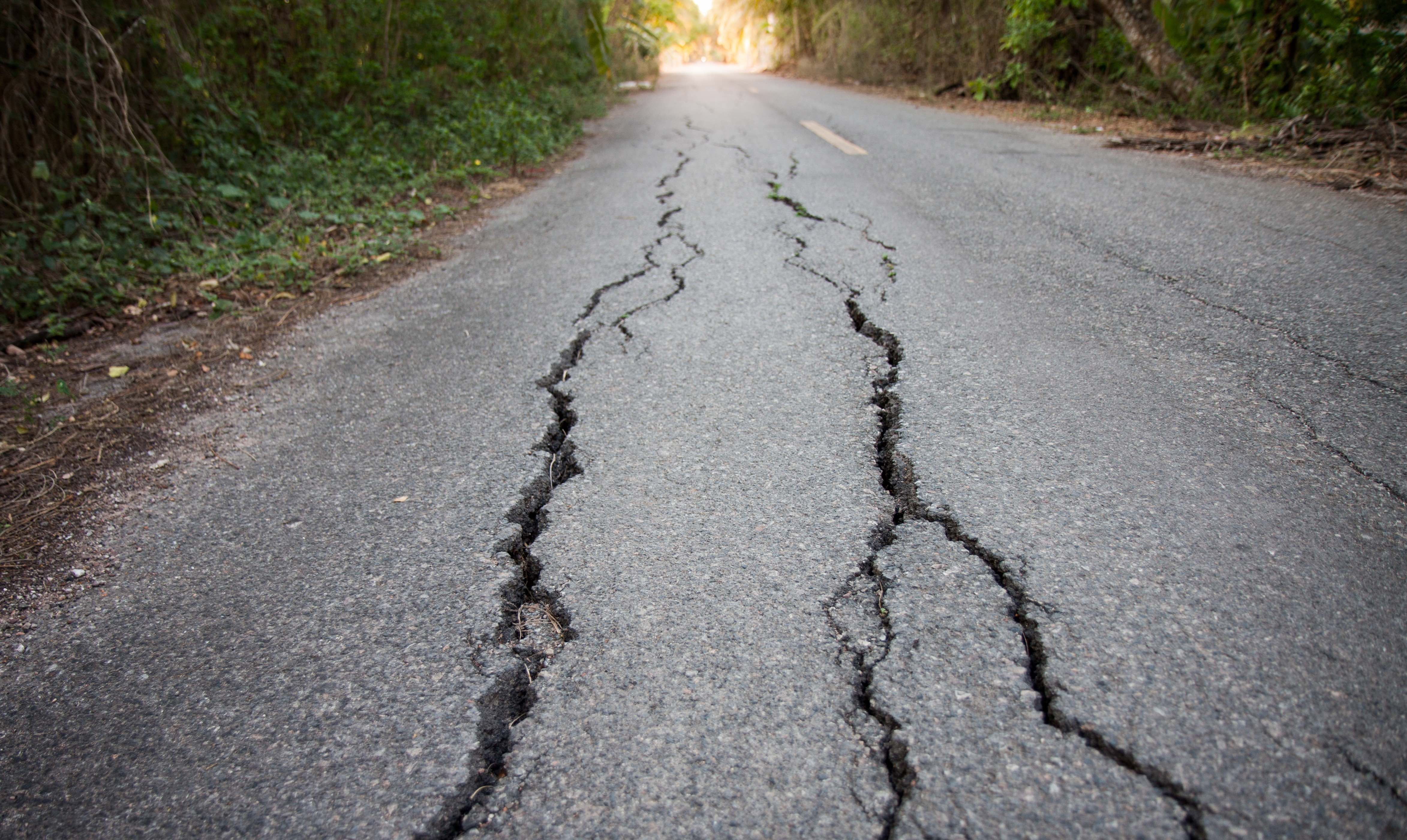
Two earthquakes in Victoria seven years ago tell us a lot about how fault lines can ‘talk to each other’ to generate further seismic shocks
Published 2 June 2019
On 19th June 2012 at 8:53 pm local time, a moment magnitude-4.9 earthquake rattled the residents in and around the small town of Thorpdale in eastern Victoria. Moment magnitude measures the size or strength of an earthquake based on how much energy is released, which differs from the better known Richter scale.
The quake was felt more than 100 kilometres away in Melbourne’s CBD and in other parts of the state.
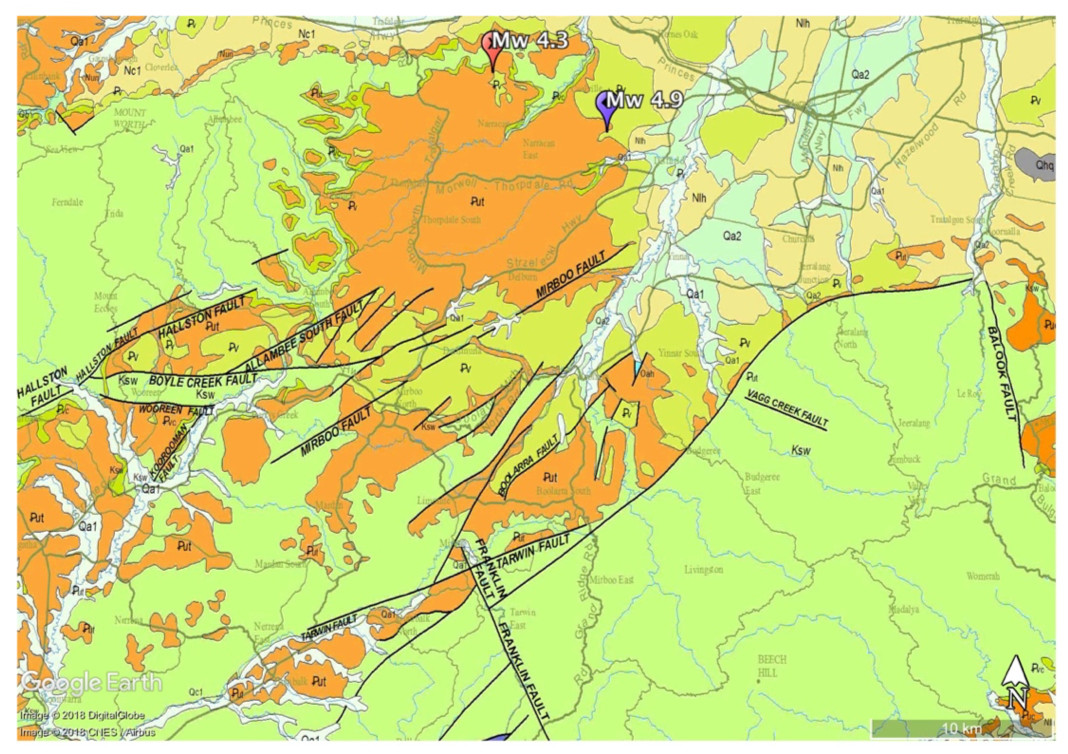
Then, nearly a month later, on 20th July at 7:11 pm, another magnitude-4.3 seismic shock jolted the region.
A second earthquake like this is normal because, usually, the release of residue stress on a fault produces smaller aftershocks in the days following a mainshock.
But, in fact, our new research suggests that these earthquakes broke not one, but two adjacent faults. And it’s likely that the seismic slip on the first fault activated the second one; which means that the first earthquake communicated with the second one in a language that only the Earth understands.

Sciences & Technology
Earthquakes: The lessons learned
Two days after the first quake, the University of Melbourne seismology group deployed 13 temporary seismic stations on a rolling basis in Thorpdale.
These stations are designed to pick up any distinct signals of seismic waves emanating from tiny aftershocks following the first earthquake.
But the stations then picked up signals from the second earthquake that people felt along with the aftershocks.
Because the first earthquake was of reasonable size, permanent – more distant seismic stations maintained by the University of Melbourne along with other agencies like Geoscience Australia and the Seismology Research Centre – picked up its seismic signals.
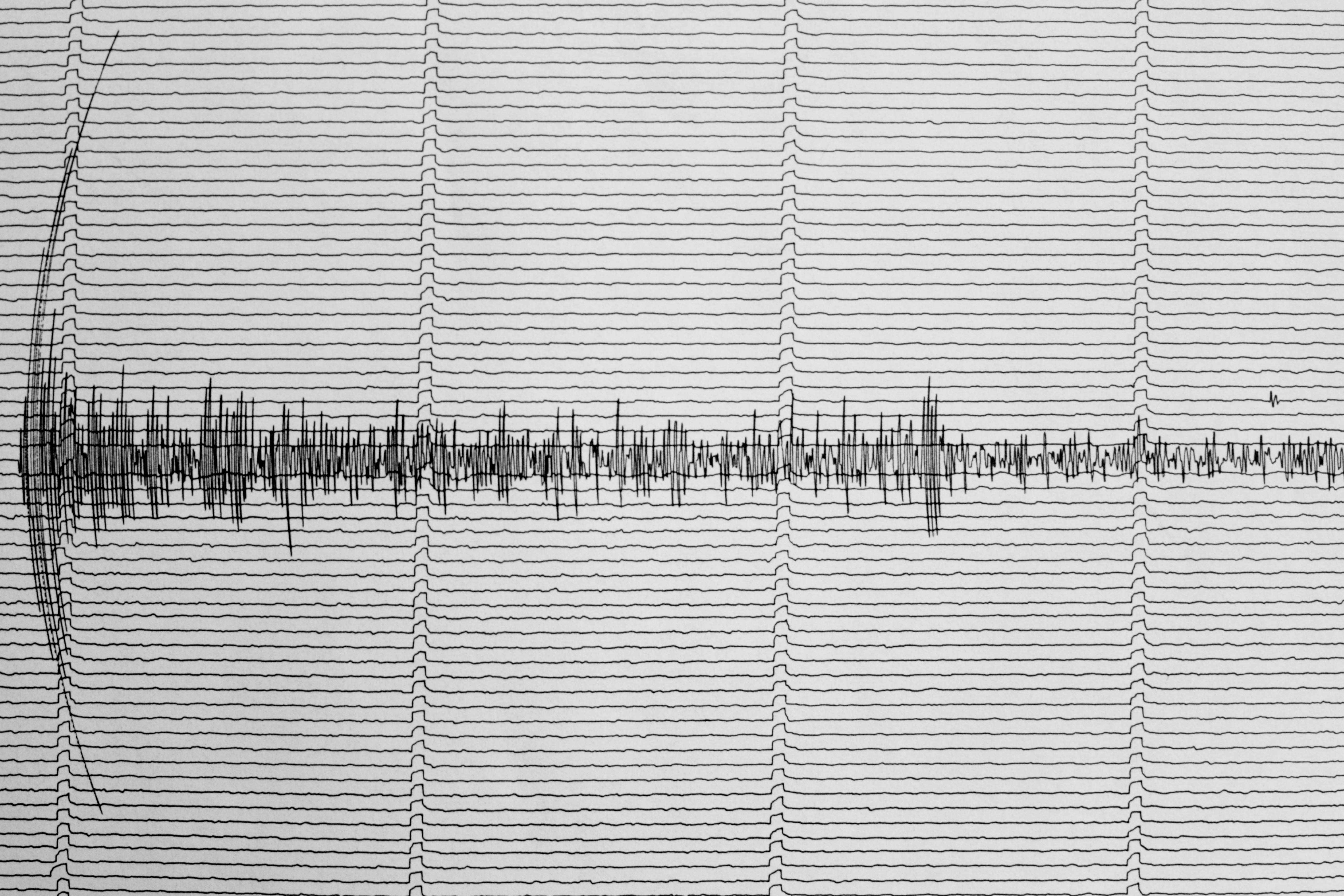
These signals consist of three main types:
Primary (or P) waves are the fastest seismic waves and will be picked up by a station first
The Secondary (S) waves travel at a slower speed than the P waves. Both these wave types are called body waves because they travel inside the Earth. In Victoria, P and S waves travel at speeds, respectively, of about 20,000 kilometres an hour and 12,600 kilometres an hour
Surface waves, on the other hand, travel along the surface of the Earth and are the slowest, travelling at around 10,000 kilometres per hour but produce the most shaking.

Environment
The big picture of the Kilauea eruption
To give you an idea of how fast this is, the speed of sound sits at around 1200 kilometres per hour.
Using these P waveforms, our research team accurately estimated the first earthquake as 4.9 magnitude and the second July one to be 4.3.
The energy released in the first earthquake was about 27 petajoules (PJ) and it released eight times more energy than the second one. In terms of strength, 27 PJ could power the state of Victoria for an entire week.
By accurately timing the arrival of P and S waves at the stations, our team then worked to precisely triangulate the locations of the earthquakes in Thorpdale.
And this is when things got interesting.

If these earthquakes (including aftershocks) occurred on a single fault, all the earthquakes should have clustered in one place.
But, the two earthquakes had their own separate clusters, and the second earthquake was located roughly seven kilometres to the northwest of the first one. So, it became clear that these earthquakes were two separate mainshocks – which was confirmed by additional projections of fault plane analysis.
There were forty-four aftershocks in the first 24 hours following the first mainshock.

Arts & Culture
Rebuilding cultural heritage after disaster
A week later, the aftershock rate diminished to about one a day, and after 18 days, none were recorded. Then, five days before the second mainshock, that aftershock rate picked up.
Three days prior to the second main event, four aftershocks were recorded, and a day after that, another twelve occurred.
A day before the second mainshock, six aftershocks were detected. It appears that the aftershocks – or the geologic conditions that produce them – were gradually moving towards the location of the second, magnitude 4.3 earthquake.
And on the day of the second mainshock, forty-one aftershocks occurred.
One way that an earthquake can trigger another is as a result of a mechanism known as Coulomb stress transfer. That is, an earthquake can change stress conditions in the surrounding Earth’s crust in a way that could bring nearby faults either closer to or away from failure.
Testing this condition showed us that the first mainshock slightly relieved stress at the location of the second mainshock. This may have contributed to the nearly 30-day delay in the second mainshock.
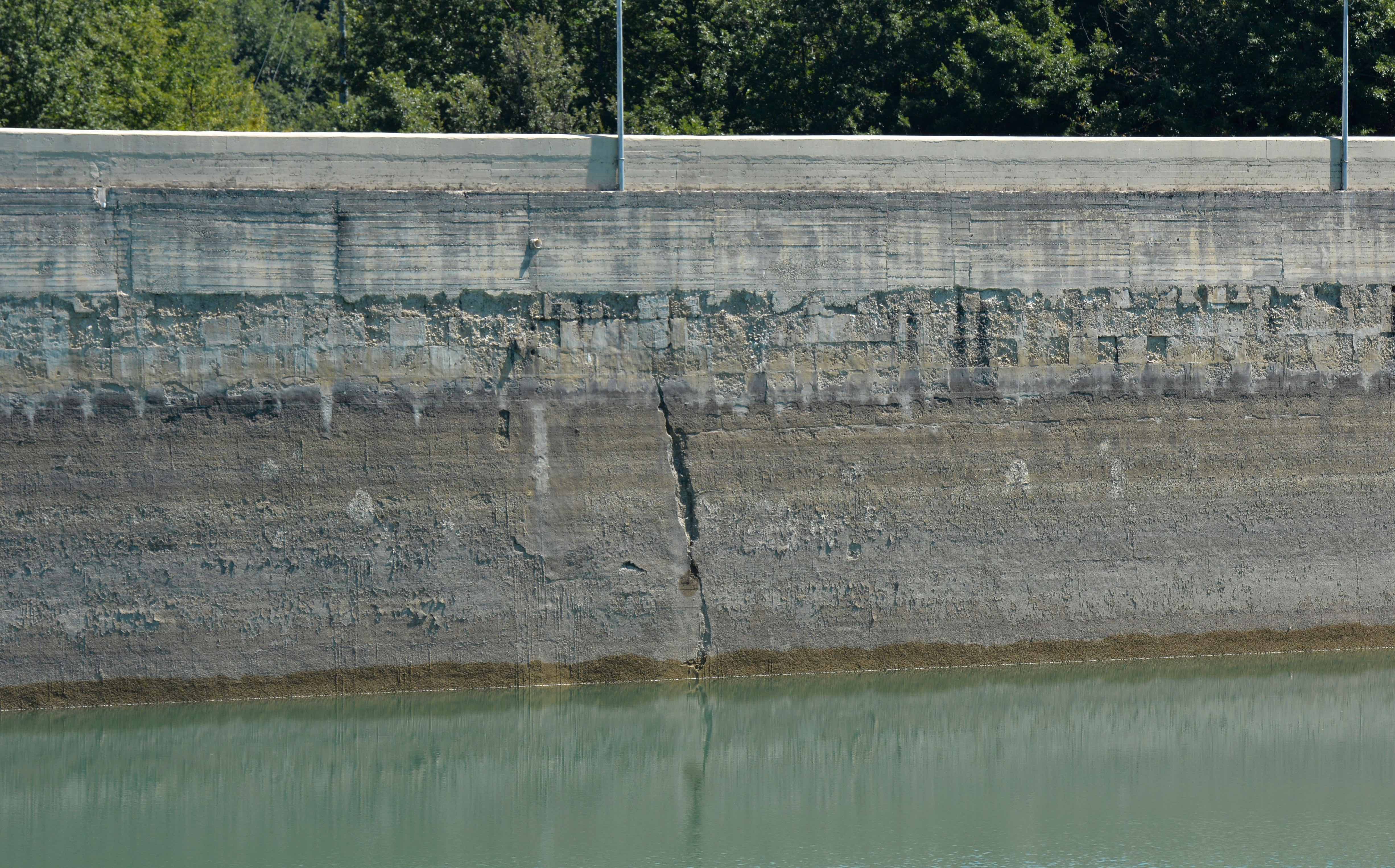
In addition, any water trapped in the crust’s pores under high compression near the second mainshock may have played a role. It’s possible that this water seeped into the fault plane, triggering the second mainshock, as a result of shaking and aftershocks from the first quake.
Seeping water can act as a lubricant for an otherwise locked fault interface, reducing the frictional strength that holds a fault together.
This process is similar to the way in which man-made earthquakes (known as induced seismicity) are triggered from reservoir impoundment and waste water injections.

Sciences & Technology
Decoding data to predict landslides
Victoria’s Thomson Reservoir, which sits about 200 kilometres east of Melbourne, is one example of seeping fluid triggering an earthquake.
In this instance, a swarm of earthquakes occurred, that included one in 1996 with a local magnitude of five.
One of the most famous examples of “communicating earthquakes” are the ones that occurred along the 1500 kilometre long North Anatolian Fault which sits in modern-day Turkey.
This fault separates two tectonic plates – the Eurasian plate to the north and the Anatolian plate to the south. From 1939 until around 1999, twelve earthquakes with magnitudes exceeding 6.7 have marched westward along the fault line.
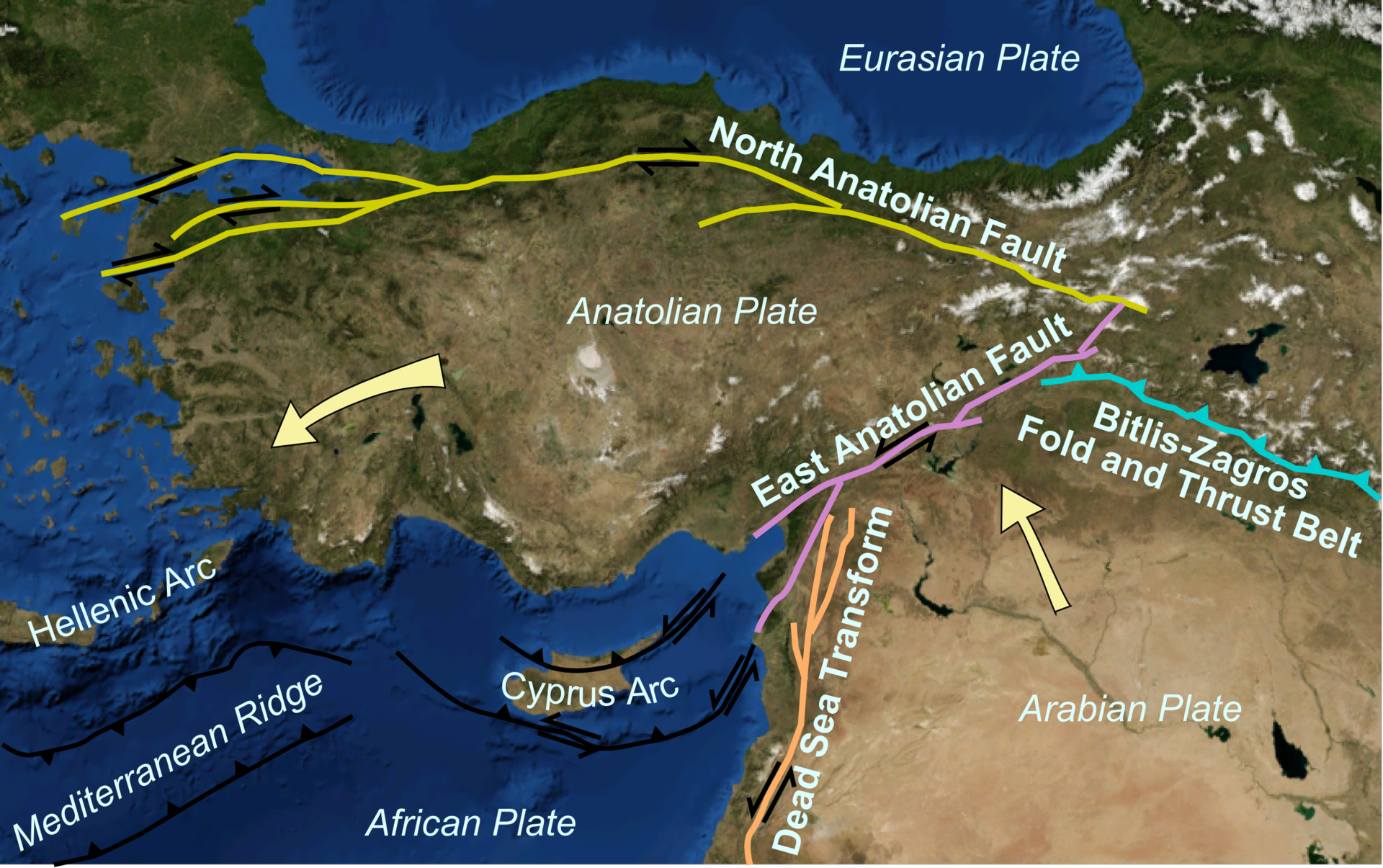
So, does this information help us predict earthquakes? Does it help us foretell the size, location and the time of an earthquake?
The short answer is no.
Professor Charles Richter, who developed the Richter magnitude scale which quantifies the size of earthquakes, once famously said: “Journalists and the general public rush to any suggestion of earthquake prediction like hogs toward a full trough, [prediction] provides a happy hunting ground for amateurs, cranks, and outright-publicity seeking fakers”.

Sciences & Technology
Sensing a serious problem
All that is possible is an earthquake forecast that gives a probability of occurrence of an earthquake with a certain size in a region over decadal time-scales.
Even this process has large uncertainties especially in places like Australia where our historical earthquake record is poor.
But what these two earthquakes talking to each other does tell us, is that earthquakes are not isolated events. Instead, they can interact with each other and increase damage by prolonging earthquake activity in a region.
Banner: Getty Images